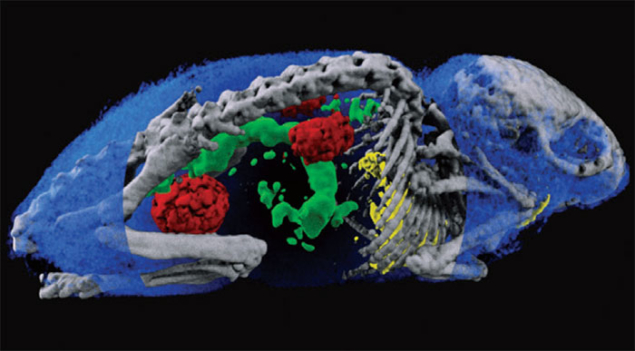
The first annual knowledge-transfer thematic forum on medical applications took place at CERN on 30 November, bringing CERN and its Member State and associate Member State representatives together to discuss the application of CERN’s technologies and know-how to the medical field.
The knowledge transfer (KT) forum, known as ENET until the end of 2015 comprises one or more representatives for each country, allowing CERN to develop common approaches with its Member States and to identify potential industry and academic partners while minimising duplication of effort. Medical applications are one of CERN’s most significant KT activities, and this year CERN gave each country the chance to nominate an expert in the field to attend special sessions of the KT forum dedicated to medical applications.
Some 20 invited speakers from the physics and medical communities took part in the inaugural event in November. The scope of the discussions demonstrated CERN’s deep and longstanding involvement in areas such as medical imaging, hadron therapy and computing, and highlighted the enormous potential for future applications of high-energy physics technologies to the medical arena.
After an introduction regarding CERN’s strategy for medical applications and the governance put in place for these activities (see “Viewpoint”), much of the event was devoted to updates from individual Member States and associate Member States, where much activity is taking place. Some of them clearly indicated that medical applications are an important activity in their countries, and that engaging with CERN more closely is of great added value to such efforts.
In the second half of the meeting, presentations from CERN experts introduced the various technology fields in which CERN is already actively pursuing the application of its technologies to the medical fields, such as high-field superconducting magnets, computing and simulations, and high-performance particle detectors.
The event was an all-round success, and more will follow this year to continue identifying ways in which CERN can contribute to the medical applications strategy of its Member States.








